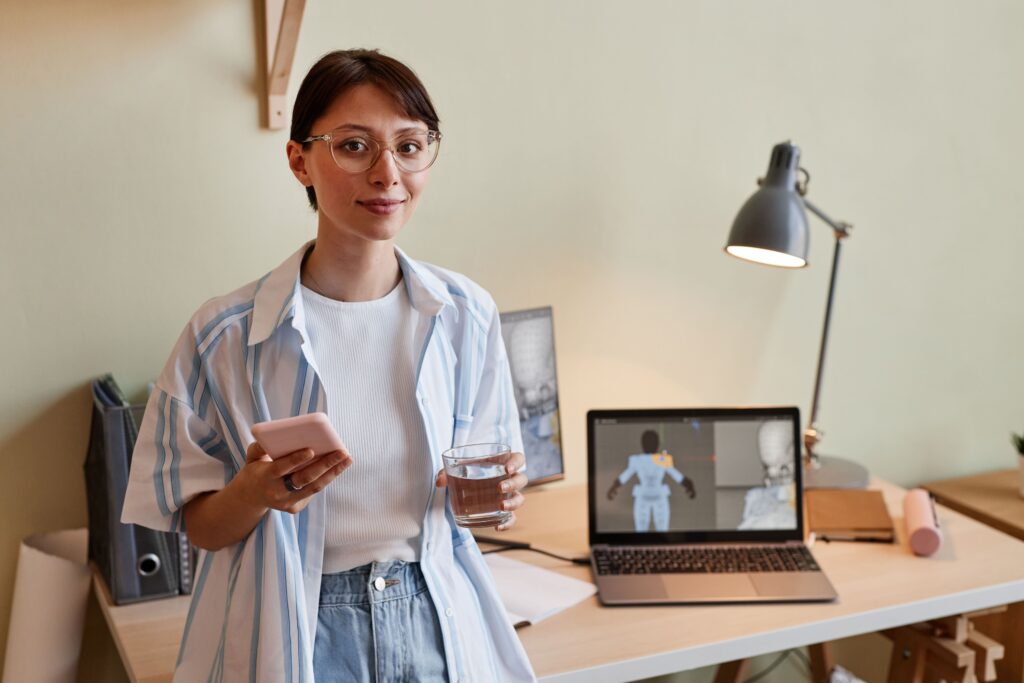Learning advanced texturing and shading in Substance for 3D models is a crucial skill for any aspiring 3D artist or animator. With the increasing demand for high-quality visuals in industries like gaming, animation, and virtual reality, having a strong foundation in texturing and shading can set you apart from the competition.
In this comprehensive guide, we will explore the key concepts and techniques you need to know to take your texturing and shading skills to the next level using Substance software.
Understanding Texturing and Shading
Before diving into the advanced techniques, it’s essential to have a solid understanding of what texturing and shading entail. Texturing is the process of adding surface detail to 3D models to make them appear more realistic. This can include adding colors, patterns, and textures to simulate different materials like wood, metal, or fabric.
On the other hand, shading is the process of defining how light interacts with the surfaces of 3D models, determining their appearance and visual impact.
Getting Started with Substance
Substance is a powerful software suite that is widely used in the 3D industry for texturing and shading. Its node-based workflow allows artists to create complex materials with ease, making it a popular choice among professionals.
To get started with Substance, you can enroll in courses offered by Yellowbrick, a reputable platform that provides hands-on training in various creative disciplines.
Advanced Techniques in Substance
Once you have a good grasp of the basics, you can start exploring more advanced techniques in Substance to enhance your texturing and shading skills. One of the key features of Substance is its procedural workflow, which allows artists to create highly detailed materials that can be easily edited and modified.
By mastering the use of nodes and parameters, you can create intricate textures and realistic shaders that will elevate the quality of your 3D models.
Creating Realistic Materials
To achieve photorealistic results in your 3D projects, it’s crucial to pay attention to the details when texturing and shading your models. Substance offers a wide range of tools and filters that can help you create materials that look and feel lifelike.
By understanding how different textures interact with light, you can create materials that exhibit realistic behavior, such as reflections, refractions, and subsurface scattering.
Optimizing Textures for Performance
While creating high-quality textures is important, it’s also essential to consider performance optimization, especially in real-time applications like games and interactive experiences.
Substance provides tools for generating texture maps that are optimized for performance, allowing you to achieve stunning visuals without sacrificing speed or efficiency
Industry Applications
The skills you acquire in advanced texturing and shading using Substance can open up a wide range of career opportunities in the 3D industry.
Whether you’re interested in working in gaming, animation, visual effects, or architectural visualization, proficiency in texturing and shading is a valuable asset that employers look for. Some of the top job roles you can pursue with these skills include:
- Texture Artist
- Shader Developer
- Lighting Artist
- 3D Modeler
- Environment Artist
- Technical Artist
- Character Artist
- VFX Artist
- Game Developer
- AR/VR Developer
Conclusion
Mastering advanced texturing and shading in Substance for 3D models requires dedication, practice, and a keen eye for detail. By honing your skills in creating realistic materials, optimizing textures for performance, and understanding industry applications, you can position yourself for success in the competitive world of 3D art and animation.
Key Takeaways:
- Understanding the fundamentals of texturing and shading is essential for creating realistic 3D models.
- Substance software provides a powerful platform for advanced texturing and shading techniques.
- Mastering procedural workflows, node-based editing, and material creation can enhance the quality of your 3D projects.
- Attention to detail in creating realistic materials and optimizing textures for performance is key to achieving photorealistic results.
- Proficiency in texturing and shading opens up diverse career opportunities in the gaming, animation, and visual effects industries.
To further advance your skills and knowledge in the dynamic field of 3D art and animation, consider enrolling in the “NYU Animation Industry Essentials” online course and certificate program offered by Yellowbrick.
This comprehensive program will equip you with industry-relevant skills and insights to excel in the competitive world of animation and visual design. Stay ahead of the curve and unleash your creative potential with NYU Animation Industry Essentials.






